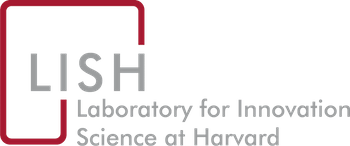The Laboratory of Innovation Science at Harvard is currently working on a number of studies, experiments, and projects that center around Crowdsourcing & Open Innovation. Such initiatives allow for the optimization of research for solutions to complex problems by calling on the crowd, instead of limiting knowledge to what is available within an organization.
Listed below are some examples of research which have greatly benefited from utilizing exterior knowledge and not limiting resources to those employed in-house, including a number of crowdsourcing challenges from our partners at NASA, the Broad Institute, and others. Browse LISH’s Crowdsourcing & Open Innovation projects and papers below.
If you are looking to run a crowdsourcing challenge, LISH's Find A Crowdsourcing Platform can help you find a platform that meets your needs.
